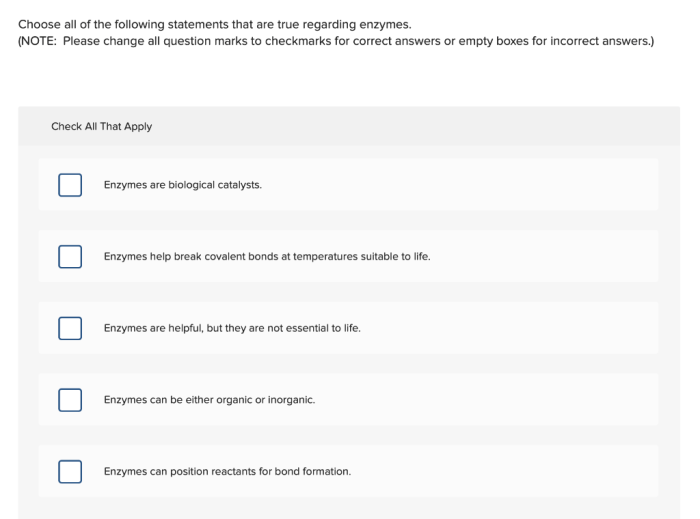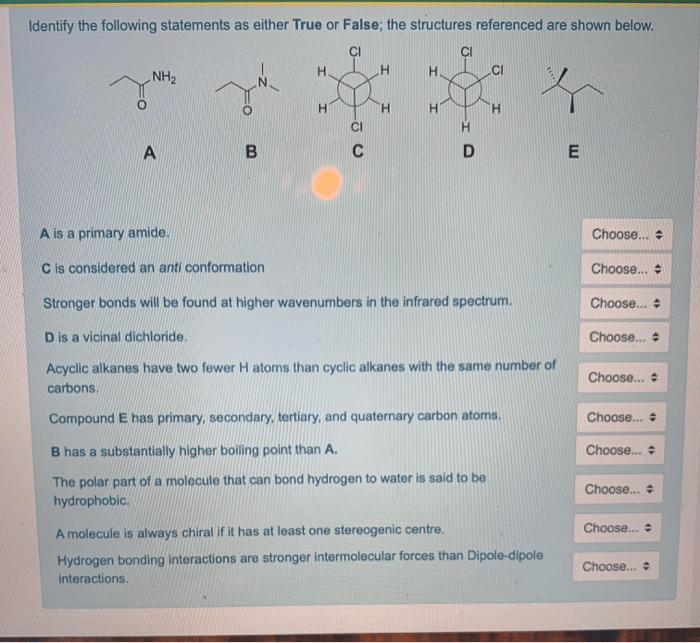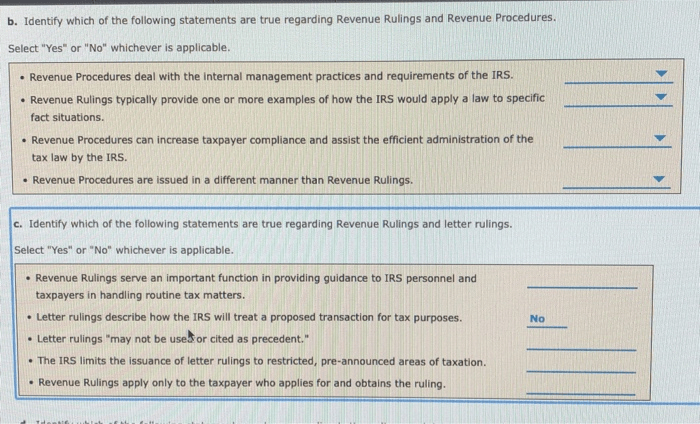Which of the following statements regarding angina pectoris is true? This question delves into the intricacies of a condition that affects the heart, causing chest pain or discomfort. Understanding the nature and characteristics of angina pectoris is crucial for effective diagnosis, treatment, and management.
This exploration will provide a comprehensive overview of angina pectoris, encompassing its definition, types, risk factors, diagnosis, treatment options, and strategies for management and prevention.
Angina pectoris, often referred to as angina, is a condition characterized by chest pain or discomfort that occurs when the heart muscle does not receive enough oxygen-rich blood. This pain typically manifests in the center of the chest and can radiate to the shoulders, arms, neck, jaw, or back.
The severity and duration of angina episodes can vary, ranging from mild and transient to severe and prolonged.
Definition and Characteristics of Angina Pectoris

Angina pectoris is a chest pain or discomfort that occurs due to reduced blood flow to the heart muscle. It is typically described as a feeling of pressure, squeezing, or tightness in the chest, and can also be accompanied by pain in the arms, neck, jaw, or back.
Angina pectoris is a symptom of coronary artery disease (CAD), which is a condition in which the arteries that supply blood to the heart become narrowed or blocked.
The underlying cause of angina pectoris is a mismatch between the heart’s demand for oxygen and the amount of oxygen that is being delivered to the heart. This mismatch can occur during periods of increased heart rate or blood pressure, such as during exercise or stress, or when the arteries are narrowed due to plaque buildup.
Types and Classification of Angina Pectoris
There are two main types of angina pectoris:
- Stable angina:This is the most common type of angina. It occurs predictably during exertion or stress, and typically goes away with rest or medication.
- Unstable angina:This is a more serious type of angina that can occur at rest or with minimal exertion. It is a sign that the coronary arteries are becoming more narrowed or blocked, and requires immediate medical attention.
Angina pectoris can also be classified based on its severity and duration:
- Class I:Mild angina that occurs only with strenuous or prolonged exertion.
- Class II:Moderate angina that occurs with ordinary physical activity, such as walking or climbing stairs.
- Class III:Severe angina that occurs with minimal exertion or even at rest.
- Class IV:Angina that occurs at rest and is not relieved by medication.
Risk Factors and Triggers
The major risk factors for angina pectoris include:
- Age (over 55 years)
- High blood pressure
- High cholesterol
- Diabetes
- Smoking
- Obesity
- Family history of heart disease
Common triggers that can induce angina episodes include:
- Physical exertion
- Emotional stress
- Cold weather
- Heavy meals
- Smoking
- Caffeine
Diagnosis and Evaluation
The diagnosis of angina pectoris is based on a thorough medical history, physical examination, and diagnostic tests. The doctor will ask about your symptoms, risk factors, and any family history of heart disease.
Physical examination may reveal signs of CAD, such as a heart murmur or abnormal heart sounds.
Diagnostic tests that may be used to confirm angina pectoris include:
- Electrocardiography (ECG): This test records the electrical activity of the heart and can detect abnormalities that suggest CAD.
- Stress testing: This test involves exercising while your heart is monitored with an ECG. It can help to determine if angina is induced by exertion.
- Echocardiography: This test uses ultrasound to create images of the heart and can assess the function of the heart muscle.
- Coronary angiography: This test involves injecting a dye into the coronary arteries and taking X-rays to visualize the arteries and identify any blockages.
Differential diagnosis is important to rule out other conditions that can cause chest pain, such as gastroesophageal reflux disease (GERD), musculoskeletal pain, or anxiety.
Treatment Options
The treatment of angina pectoris aims to reduce the frequency and severity of angina episodes, improve blood flow to the heart, and prevent complications such as heart attack.
Treatment options include:
- Medications:Nitroglycerin, beta-blockers, calcium channel blockers, and statins are commonly used medications for angina.
- Lifestyle modifications:Quitting smoking, losing weight, eating a healthy diet, and exercising regularly can all help to improve heart health and reduce angina symptoms.
- Interventional procedures:Angioplasty and stenting are procedures that can be used to open up narrowed or blocked coronary arteries.
Management and Prevention, Which of the following statements regarding angina pectoris is true
Lifestyle modifications play a crucial role in managing angina pectoris and preventing future episodes. These include:
- Quitting smoking:Smoking is a major risk factor for angina and heart disease.
- Losing weight:Obesity increases the risk of angina and other heart problems.
- Eating a healthy diet:A diet low in saturated fat and cholesterol can help to improve heart health.
- Exercising regularly:Exercise can help to strengthen the heart and improve circulation.
- Managing stress:Stress can trigger angina episodes.
Self-management and monitoring of symptoms are also important for people with angina. This includes recognizing and avoiding triggers, taking medications as prescribed, and seeking medical attention if symptoms worsen or change.
FAQ Overview: Which Of The Following Statements Regarding Angina Pectoris Is True
What is the primary symptom of angina pectoris?
The primary symptom of angina pectoris is chest pain or discomfort.
What causes angina pectoris?
Angina pectoris is caused by a temporary reduction in blood flow to the heart muscle, typically due to narrowing of the coronary arteries.
How is angina pectoris diagnosed?
Angina pectoris is diagnosed based on a patient’s symptoms, physical examination, and diagnostic tests such as electrocardiography and stress testing.
What are the treatment options for angina pectoris?
Treatment options for angina pectoris include medications, lifestyle modifications, and interventional procedures such as angioplasty and stenting.
What lifestyle modifications can help manage angina pectoris?
Lifestyle modifications that can help manage angina pectoris include adopting a heart-healthy diet, engaging in regular exercise, and managing stress.


